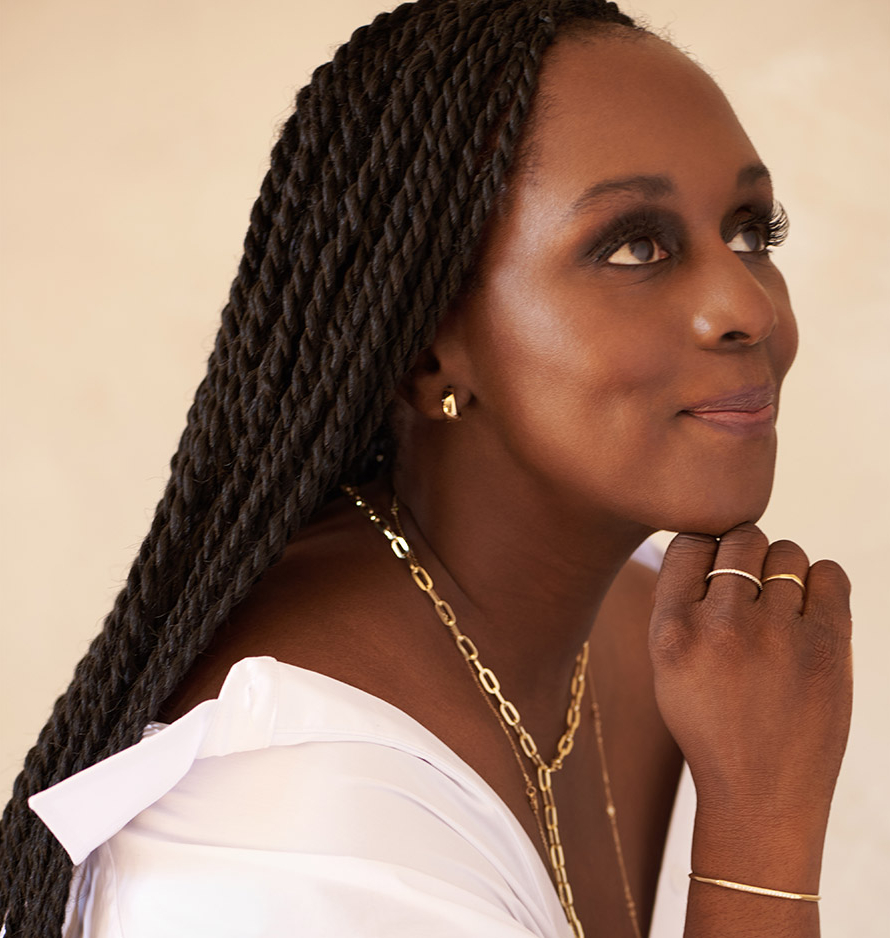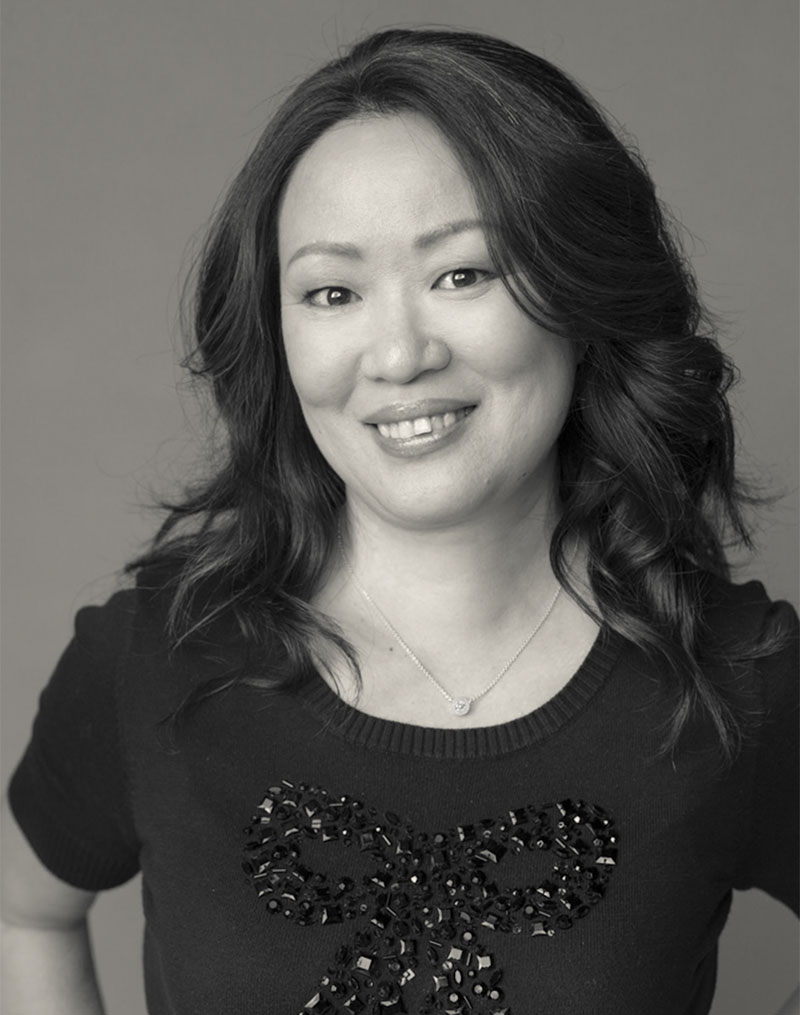
Last September, when Molly Wang, founder and CEO of jewelry brand Lafonn, introduced the Bracelet Helper to retailers that carry her line, she called it “a jewelry game-changer” for good reason.
The Bracelet Helper was designed to securely hold one end of bracelet, allowing wearers to fasten the clasp without assistance from another person. Using the tool, Wang says, people with disabilities can don their favorite piece of jewelry quickly and easily—and independently.
In the fall Wang started offering a complimentary Bracelet Helper (valued at $3) with all Lafonn bracelet purchases. She says she wanted her dealers to understand why such aids are important. Wang has lived with rheumatoid arthritis for more than 20 years and often felt frustrated when she needed help putting on her own jewelry. The Bracelet Helper works for anyone with arthritis, limited dexterity, or other hand-related issues. “I created Lafonn with the mission to empower women through beautifully crafted, affordable jewelry—and that includes making it accessible to women of all abilities to wear,” Wang says.
Others in the jewelry industry would be wise to follow Wang’s example, according to fashion and luxury experts as well as those who work with disabled people. The number of individuals living with disabilities is expected to increase in the coming years as the general population ages. This means more luxury consumers will want jewelry that is both fashionable and adaptable—and they’ll want to support brands that care about these issues.
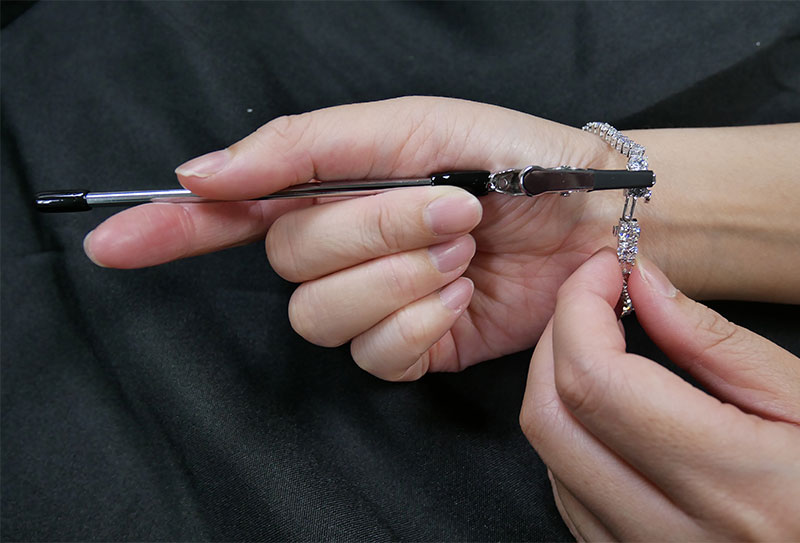
“We, as disabled people, control about $21 billion of discretionary income,” entrepreneur and disability-rights advocate Tiffany Yu told a rapt audience during the Women’s Jewelry Association (WJA) “Generating Community Impact” breakfast at JCK Las Vegas in June. “We’ve got some money, and we want to spend it.”
Brands that keep up with accessibility, offer adaptive jewelry, and hire people with disabilities may be more likely to gain traction with these and other consumers, including younger shoppers who tend to be more engaged with social issues.
“Universally designed accessories, including fine jewelry, is an untapped market,” says Stephanie Thomas, founder of Cur8able, a styling service specializing in disability-adapted fashion that has consulted for such brands as Nike to Zappos. “It’s not just that money is being left on the table. It’s also the social return on investment.”
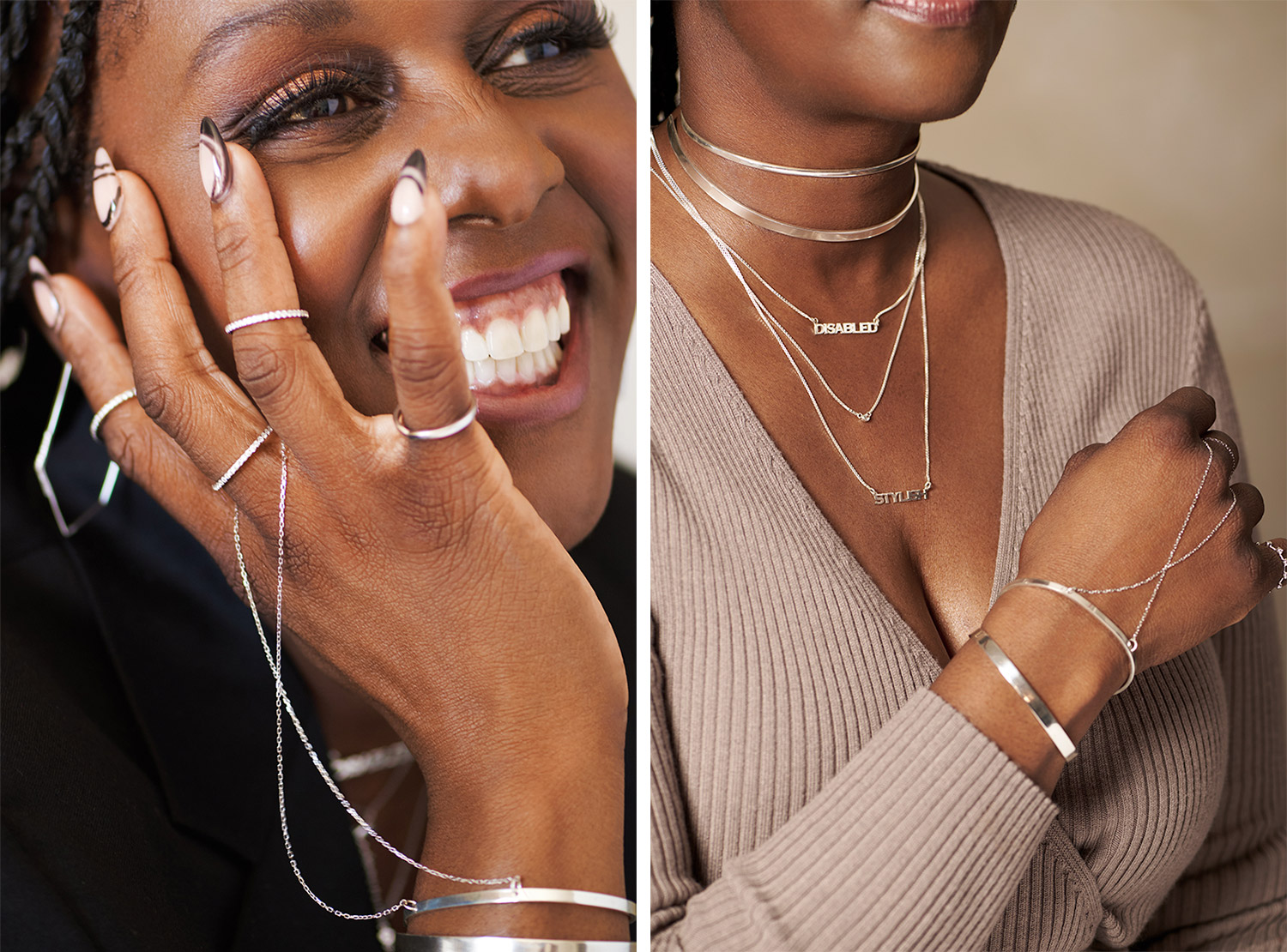
Serving a growing population
In the United States, approximately 1 in 4 adults has some type of disability, according to the Centers for Disease Control and Prevention, which also reports that 45% of Americans have at least one chronic disease and 22% of U.S. adults live with a mental illness.
Thomas was born without some digits on her hands and feet, so it’s challenging for her to put on jewelry and apparel. She developed an award-winning “disability fashion styling system” that establishes three criteria for designers of clothing, accessories, and jewelry: The design must be accessible (i.e., easy to put on and take off), smart (medically safe for the wearer), and fashionable, meaning it not only fits the body and lifestyle of the person but also is attractive—just like everyday fashion.
Thomas’ goal, she says, is to “eradicate ableism in the fashion industry while empowering people with disabilities to dress with confidence.”
In September 2022, Thomas partnered with fine jewelry brand Cut + Clarity to debut the Disabled + Stylish collection—it provides a model for how a company can rebrand and redirect its existing inventory toward people who need adaptive features. Cut + Clarity’s hand chain bracelets don’t have clasps and can be adjusted for anyone’s hand size, and the brand replaced lobster clasps with sliding-ball clasps, which are easier to manipulate. Cut + Clarity founder Mariana Russo Chambers also sized up her chain necklaces so they are big enough to slip over the wearer’s head.
Thomas says she’s optimistic about the future because of the attention celebrities with disabilities are directing to her cause and the fashion industry’s increasing willingness to cooperate with consultants like her. She has worked with actress Selma Blair, who was diagnosed with multiple sclerosis in 2018. Blair now is collaborating with designers on adaptive clothing and jewelry; with Isaac Mizrahi, she created a necklace with a bow pendant that uses a magnetic closure instead of a traditional clasp.
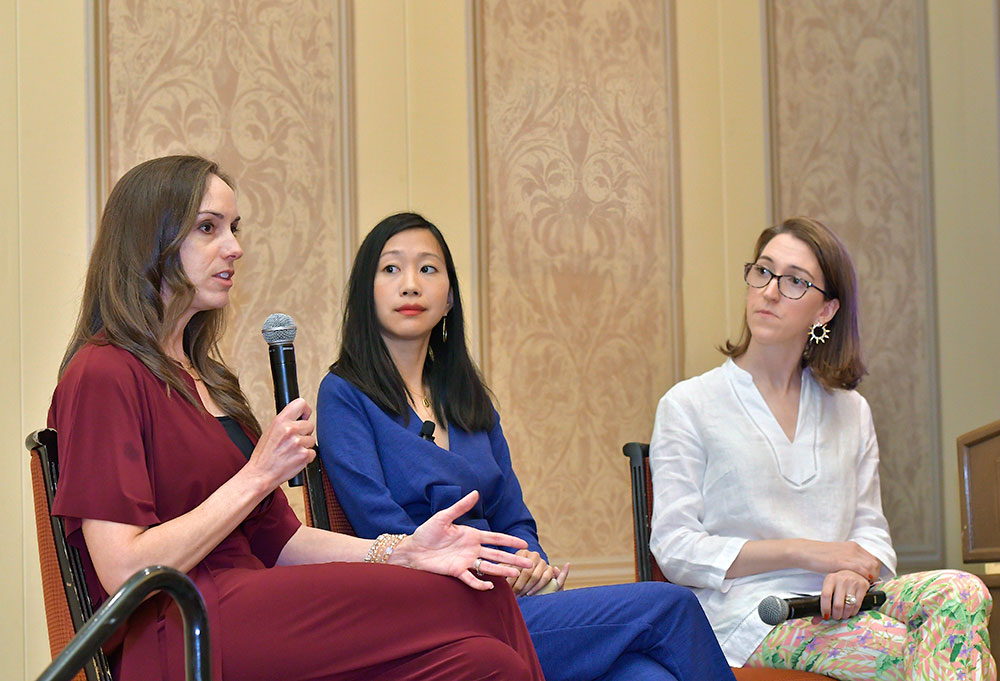
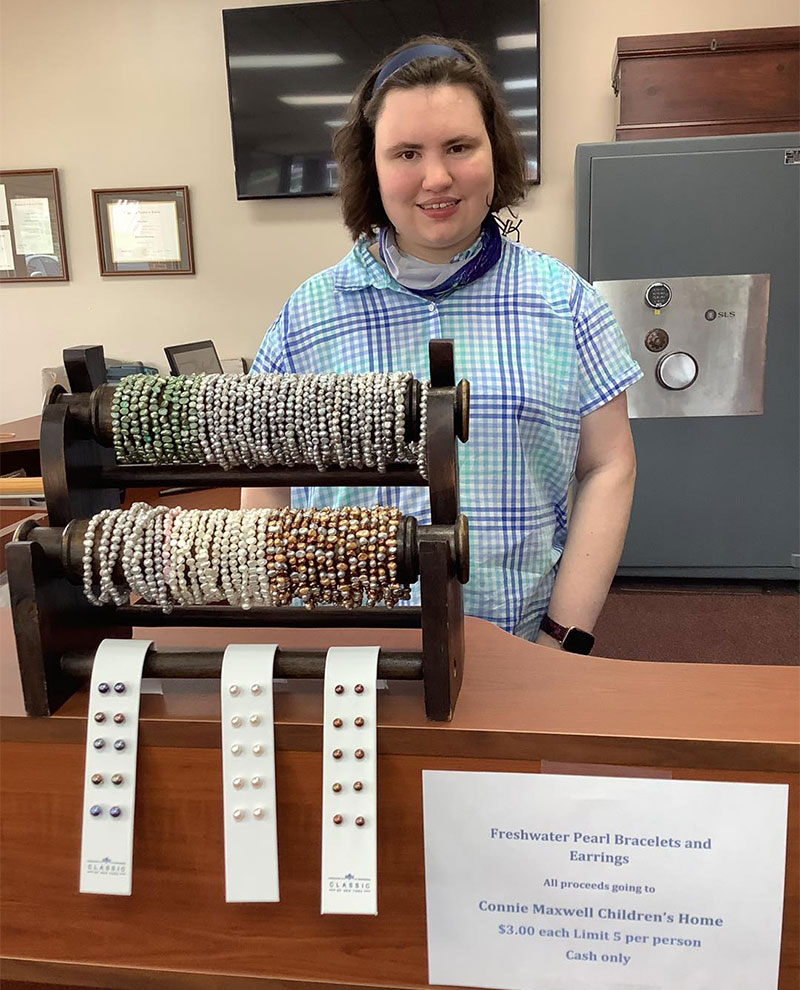
Employment efforts
Hiring people with disabilities is another way to improve accessibility. Whether small-town jewelry stores or luxury powerhouses, businesses can expand the number of people with disabilities working in jewelry by setting goals for hiring and promoting.
In 2021, luxury behemoth LVMH signed the International Labour Organization’s Global Business and Disability Network charter, pledging that by 2025 at least 2% of its global workforce would be composed of people with disabilities. Currently, 1.4% of LVMH employees are disabled, according to the company.
A number of jewelry companies have teamed with diamond mines and cutters that are hiring people with disabilities. Among them are diamantaire André Messika, who has partnered with diamond manufacturer Schachter & Namdar, which employs people with hearing and physical disabilities at its in Windhoek, Namibia, facilities, and with KGK, a Botswana jewelry factory that predominantly recruits deaf cutters and polishers.
Then there’s the Fort Collins, Colo.–based watch company Vortic, which supports the Veterans Watchmaker Initiative. R.T. Custer, Vortic’s cofounder, says such efforts are essential to closing the gap in skilled tradespeople like watchmakers or bench jewelers. “The world needs more watchmakers, and the fact that the Veterans Watchmaker Initiative hires and trains U.S. military veterans and those with disabilities is the perfect fit for Vortic and what we stand for.”
Among independent retailers, Tidwell Jewelers of Greenwood, S.C., has a generational history of working with and for people with disabilities. Founder Robert J. Tidwell started as a watchmaker—a job he chose because he had polio and had to be able to sit while working. Today his granddaughter Tracey Tidwell Herron, her husband Henry, and their daughter Courtney run the business.
Courtney, who assists on the store’s social media and advertising, has a disability as a result of childhood seizures and brain surgery. Her father says she’s a celebrity in the community, thanks to her acting in local plays and working at Tidwell. “I want her to be out here and for people to get to know her,” Henry Herron says. Courtney says she enjoys taking jewelry classes, helping with the store’s engraving orders, and having her own office. “What I like is knowing this is here for my future.”
In Naperville, Ill., the mother-daughter duo of Karen and Kelly Neville founded a jewelry brand, Special Sparkle, in their home in 2011. Kelly, who has Down syndrome, makes the beaded pieces, and Karen markets and sells her work. Karen says some people buy the jewelry because they want to support Kelly—they may have watched her make the jewelry in person or seen their story on their website or social media—but customers come back because it is quality beaded jewelry that’s easy to put on and take off (something that appeals to older consumers as well). Special Sparkle is Kelly’s passion but also her livelihood, her mom says.
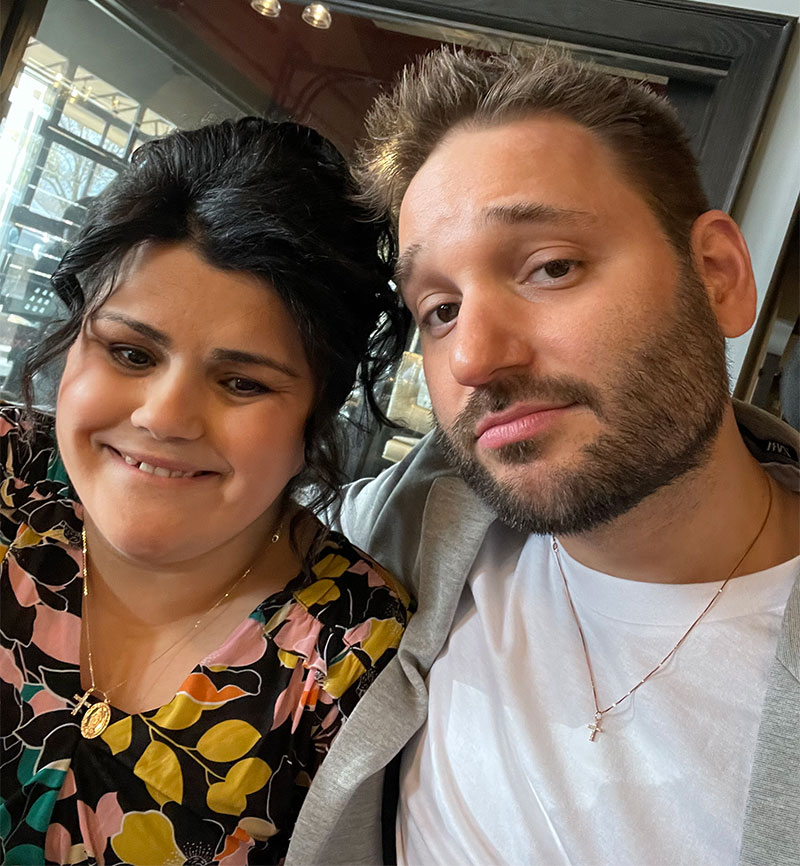
Raising funds and awareness
Many jewelry brands support the disability community through fundraising for related nonprofits. Diamonds Direct, for example, partnered with GiGi’s Playhouse, an advocacy organization for people with Down syndrome, to make and sell a special pendant, available in different sizes and colors. The Charlotte, N.C.–based retailer donated 20% of sales of the pendant to GiGi’s Playhouse.
In 2022, Detroit–based celebrity designer George Khalife, better known as George the Jeweler, created a unique ring that was auctioned to benefit the National Down Syndrome Society (NDSS). Khalife says he designed the ring to honor his business partner’s sister Allison Abbud, who has Down syndrome, and to raise money for a cause he believes in as a friend and businessman. “Down syndrome is very close to my heart, and some very important people in my life have the condition,” Khalife says. “I feel the diagnosis is still very misunderstood, and I want to support an organization like the NDSS to raise awareness and create resources.”
“Education is powerful,” says Karen Neville of Special Sparkle. “An important part of this is making people aware that people with disabilities have capabilities beyond some of society’s expectations. Everyone wants to be represented, especially people who have been overlooked.”
Top: Stephanie Thomas, aka @disabilityfashionstylist (photo courtesy of Cut + Clarity)
